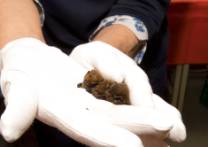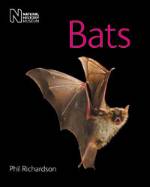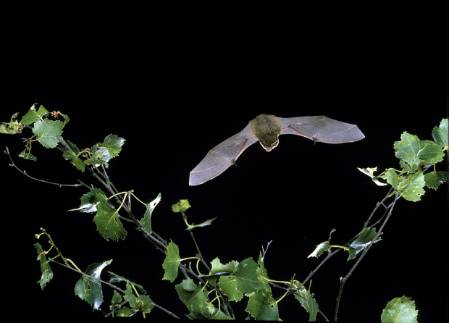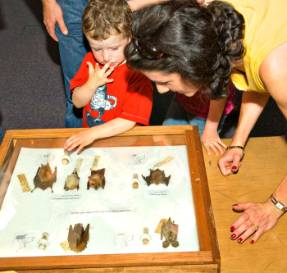Last year's Bat Weekend and its stars (see below) was one of our most popular events in the Wildlife Garden in 2010. And this year will be battier and better, because we're celebrating the Year of the Bat.
Our Bat Festival this weekend on 4 and 5 June promises to be a great family day out. You can go on the bat bed and breakfast trail through the Wildlife Garden to find out what insects they eat and where they sleep, try out things like bat box building, make willow bats and do other batty crafts, as well as see bat specimen displays. I've also heard a rumour there will be bat-shaped shortbreads on the refreshments stalls.
If you head over to the nearby Darwin Centre, you can learn about echolocation and bat detection in the Angela Marmont Centre for UK Biodiversity. And in the Attenborough Studio there are two free bat talks at 12.30 and 14.30 on both days.
 June is a particularly active month for bats because it's when the young are born, so it's a good time to find things out about them.
June is a particularly active month for bats because it's when the young are born, so it's a good time to find things out about them.
As in past years, the Sussex Bat Hospital and the Bat Conservation Trust will be joining us over the weekend and telling us about what they've been doing to help our bat community.
About 25 per cent of the world's bats are threatened with extinction. At least 12 species, such as the Puerto Rican flower bat, have already become extinct. That said, there are more than 1,100 species of bats worldwide, making up around one-fifth of all mammals. And new bat species are
still being discovered.
The United Nation's Year of the Bat campaign is spearheaded by the Convention on Migratory Species and EUROBATS. It aims to highlight the unique role bats play in the environment and stress the urgency for global bat conservation. Historically bats have had a bit of a bad press - think Dracula, vampire bats etcetera - and the campaigners also want to give bats a fresh image.
Bats
- are one of the most widely distributed groups of mammals. Flight has enabled them to live almost everywhere in the world. Bats are most numerous in the tropics, and Central and South America are home to almost one-third of the world’s bats. Indonesia has 175 species of bats while here in the UK we have 18 species

- can be as big as a small dog or as small as a bee. The largest bats are the flying foxes with wingspans of up to 2 metres and a body weight of 1.5 kilograms. At the other end of the scale is the bumblebee bat or Kitti's hog-nosed bat, weighing only 2 grams – the world’s smallest mammal
- are not blind
- help replenish our forests and sustain other important eco-systems from deserts to wetlands. Through insect control, bats reduce crop damage and slow down the spread of disease. Many foods, medicines and other products are created thanks to bats, (including shortbread bats no doubt!)






